Ecofuel in modern life
Everyone knows that most of the widely used modern energy sources, such as oil, natural gas and coal, unfortunately, are classified as non-renewable. In other words, they will end sooner or later. For this reason, since the second half of the 20th century, the most advanced powers of the world have been actively developing eco-fuel, a renewable form of clean energy.
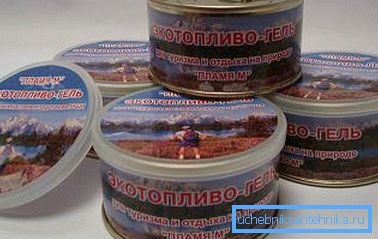
What types of ecological fuels are already used?
The issue of obtaining green energy is not as simple as it may seem at first glance. In society, there are constantly disputes about what exactly this term contains. After all, by and large, everything that mother nature gives can be formally considered environmentally friendly.
At the moment, it is conventionally accepted to divide all materials into products that already exist and other modern materials that were born as a result of the work of scientists.
Important: Every day hundreds of thousands of tons of various kinds of industrial and domestic waste appear all over the world. The issue of their disposal and as a result of this energy production also applies to this topic.
At the moment, the topic of alternative sources is more developed in the field of heating buildings. For example, eco-heating of a house from an exorbitant dream has long since moved into reality.
On a more serious scale, some of these materials are used for the operation of thermal power plants.
Now we can distinguish the following widely used products.

- Let's start with the classics. As much as our civilization exists, it uses so much firewood for heating. Of course, many alternatives have been invented for wood, but the 21st century is already outside, and firewood is still relevant in some areas of the planet. The undoubted advantage is the possibility of renewing this resource. And then, every healthy person is able to chop wood with his own hands.
- The next option is chips, it is one of the most affordable waste from the wood industry. In places rich in forest chips is widely used as a staple for solid fuel boilers in private homes. Its price is relatively small, but the chips have a high hygroscopicity and as a result, the efficiency of this product is quite low.
- Pellets are also wood waste, but their production refers to technological. In fact, they are compressed and dried sawdust. Externally, they look like small cylinders with a diameter of up to 10 mm. The moisture content of the pellets does not exceed 12%, therefore the efficiency of this material is quite high and is widely used not only in household boilers for heating systems, but also in thermal power plants.
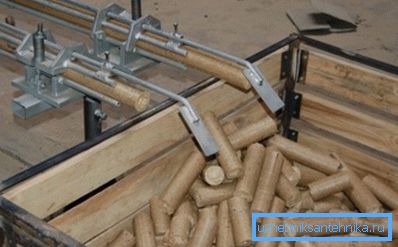
- Within the framework of this topic, it is impossible not to recall such widely used secondary raw materials as briquettes.. Ecological heating with briquettes has more than 100 years. Initially, they were made from peat and were almost the main source of heat in the marshland. When humankind began to use coal widely, briquettes began to be made from coal dust. Now to this list added wood briquettes.

Modern biofuels
In the modern world, many countries are actively developing in this direction. Vector research here is focused on obtaining a decent alternative to natural gas and petroleum products. Of course, it’s too early to talk about the complete replacement of existing energy sources, but some favorites have already been outlined.
Important: the instruction for creating modern types of environmentally friendly fuel is based on high-tech scientific developments, so it’s too early to talk about creating such a product in artisanal conditions.
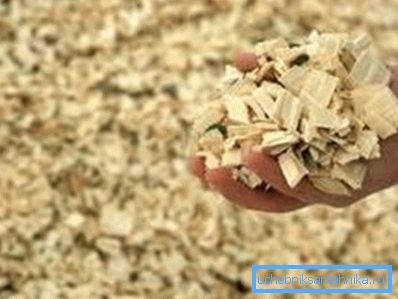
Bioethanol
Bioethanol is born as a result of processing plants with a high content of sugar and starch. In fact, this is one of the varieties of technical alcohol, only according to the characteristics of bioethanol tried to bring as close as possible to gasoline. Now on our planet on an industrial scale, it is produced in America and Brazil. In Europe, Sweden is trying to develop this area, but so far very poorly.
Proponents of bioethanol indicate that the harmful emissions from its use are very small, plus the octane number of such fuel is higher than that of gasoline. Opponents, on the other hand, object, saying that the technology is not perfect, and a large amount of carbon dioxide is emitted during production, which completely levels its ecological purity. Also, despite the octane number, fuel consumption is higher than that of gasoline.
Americans make the product from corn, Brazilians from sugar cane. These crops need huge areas and if they are taken up, there will be little space for growing food crops. Mankind is not yet ready to choose between eco-friendly fuel and food.

Biodiesel
Few people know, but Rudolf Diesel, creating his famous engine, originally planned to fill it with peanut butter. And later he was upgraded to diesel. Attempts to make rapeseed, sunflower and other oily crops are being renewed.
The situation with biodiesel, is somewhat similar to the situation with bioethanol. When burned, it practically does not harm the environment. But at the same time, such fuel is stored for no more than 3 months, its efficiency leaves much to be desired.
And most importantly, oil-bearing crops greatly deplete the soil and require the use of aggressive fertilizers. Which destroy fertile fields and pollute groundwater. How to start, to that and returned.

Biogas
Biogas has been known for a long time, it is a side gas released in the process of decay and processing of biological waste. Sometimes it is called sewage gas. In fact, it is a mixture of methane and carbon dioxide. To be used as an eco-fuel, the product must also be cleaned of carbon dioxide, otherwise it will be too harmful.
The second option, which scientists offer, is to use pure hydrogen, which is everywhere around us. But here another problem comes up, in order to release hydrogen in its pure form, it is necessary to expend more energy than you can later get by burning gas.
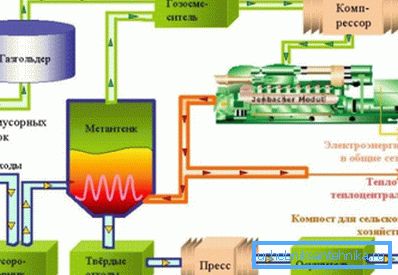
Modern alternative
A major breakthrough in the topic of eco-heating was the creation of so-called heat pumps for home heating systems. They work on the principle of a refrigerator, but they do not cool, but heat. The system uses the natural warmth of the earth. The efficiency of installations is quite high, plus they are unpretentious in operation. The problem is that the installation of such units is very expensive, as a result of this eco-heating of the house is available to units.
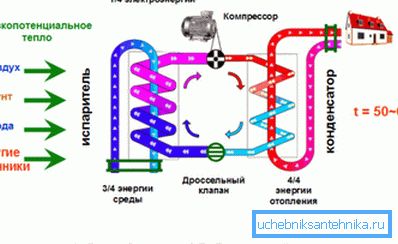
The video shows one of the types of alternative energy.
Conclusion
Although at the moment the achievements of mankind in the field of clean energy are quite modest, but science does not stand still and noticeable progress is already being planned. Healthy optimism inspires historical experience, because even 100 years ago, a miracle was a light bulb and a locomotive.
